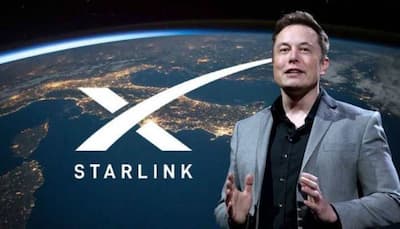Elon Musk’s company Starlink is likely to launch its satellite internet service in India within the next two months after receiving a key licence from India’s telecom ministry. This could mark a significant development in India’s internet landscape and bring faster internet to more people across the country. Notably, Starlink is the third company to get a licence from the Department of Telecommunications (DoT). Before this, Eutelsat’s OneWeb and Reliance Jio were also approved to offer similar services in India.
The launch is anticipated to bring much-needed high-speed internet access to remote and underserved areas across India, potentially bridging the digital divide. Starlink, an international telecommunications provider, currently operates in over 100 countries, offering both residential and roaming plans across the globe.
Starlink is a satellite-based internet service created by SpaceX, the aerospace company founded by Elon Musk in 2002. It provides high-speed, low-delay internet using a network of satellites in low Earth orbit (LEO), which is why it’s often called “broadband from the skies.” The goal is to improve internet access, especially in remote and underserved areas.
SpaceX’s Starlink is likely to offer its Standard Kit in India for around Rs 33,000. The kit will include Starlink dish, kickstand, Gen 3 router, power cables, and a power supply unit. The internet service provide is mainly designed for home use and can handle streaming, video calls, and online gaming. Monthly plans for unlimited data are expected to cost between Rs 3,000 and Rs 4,200. On the other hand, the cost of the device remain the same as neighbouring countries. In Bangladesh, the Starlink device is priced at Rs 33,000, while Bhutan maintains the same Rs 33,000 price point for the equipment.
To attract new users, Starlink will offer a free one-month trial with every device purchase. This lets customers try the service before paying for a monthly plan.
Starlink is expected to offer fast internet with speeds from 25 Mbps to 220 Mbps. Most users get over 100 Mbps. Since it uses satellites instead of cables or mobile towers, it can work well even in remote places where regular internet is not available.
Stay informed on all the , real-time updates, and follow all the important headlines in and on Zee News.








